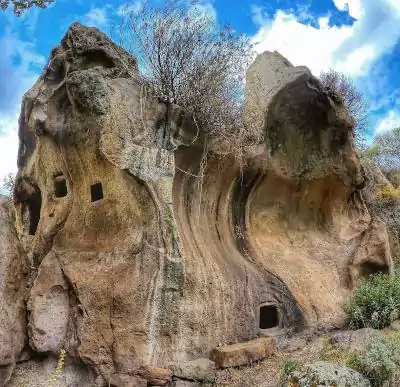
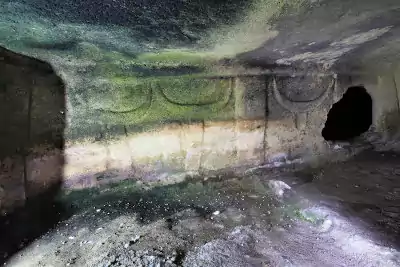
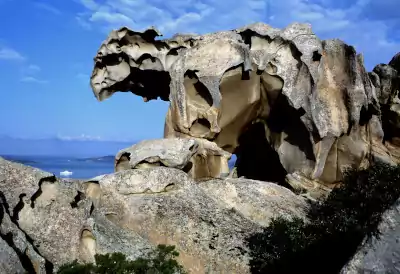
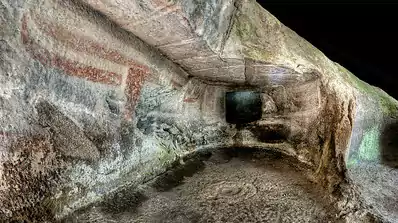
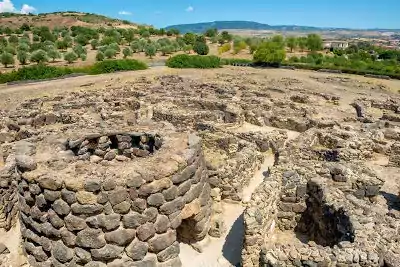
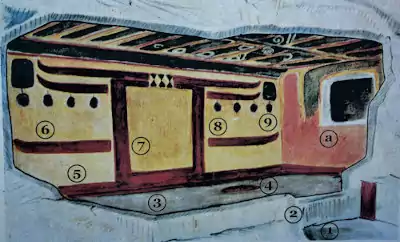

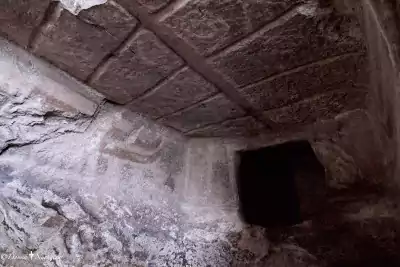
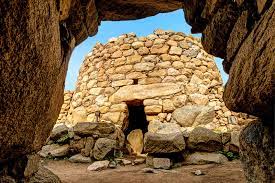
-
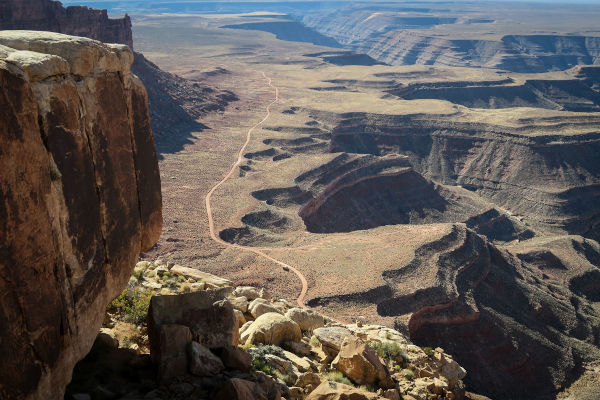
"bikepacking.com" Geologist have no explanation for what created this canyon. Repeated passages of Peratt Events eroding the sides of the canyon. A vast majority of the rock probably reverted to plasma, otherwise, a vast plain of sediment would exist somewhere.
-
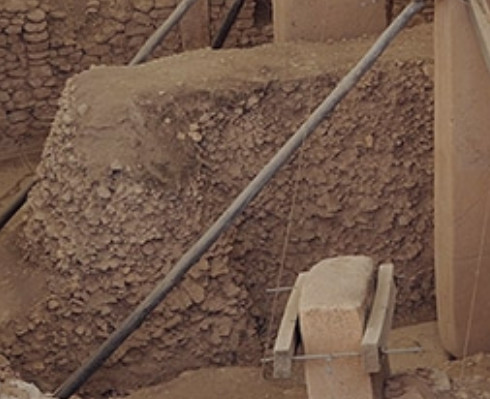
An image of colluvium from Gobekli Tepe, a site shrouded in nonsense. The T-pillars represent Peratt Events. No, it was not 'backfilled', but buried in colluvium during Peratt Environments.
-
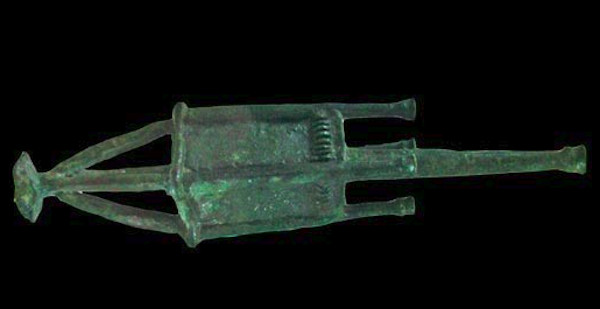
The image probably represents Peratt and Sipsey Events.
-
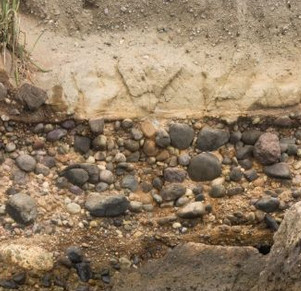
"Siim Sepp: sandatlas.org" The presence of pebbles is clear evidence of a Peratt Event (PE) having occurred here.
-
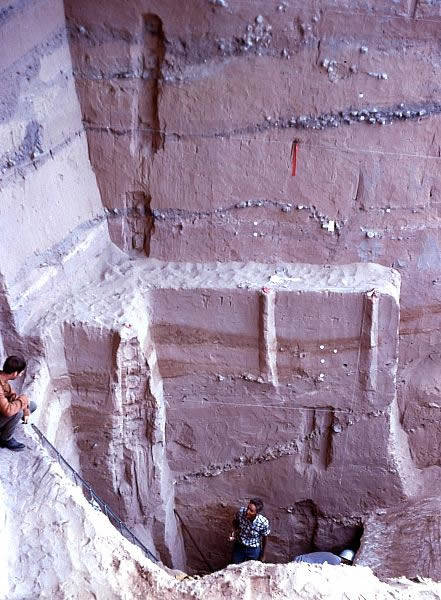
"Texas Archeological Research Laboratory, UT at Austin" Researchers assert this image is alluvial sediments. However, this sediment is probably colluvium generated from Peratt Events.
-
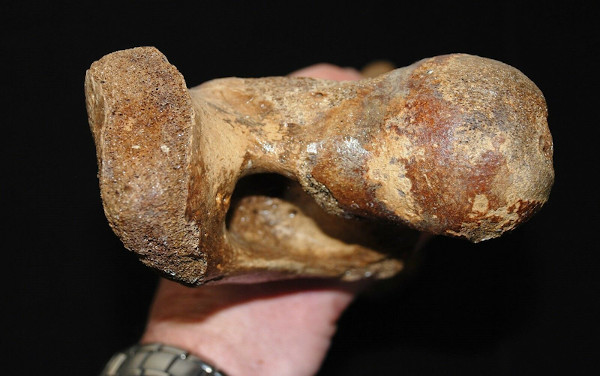
Bison priscus femur damage.
-
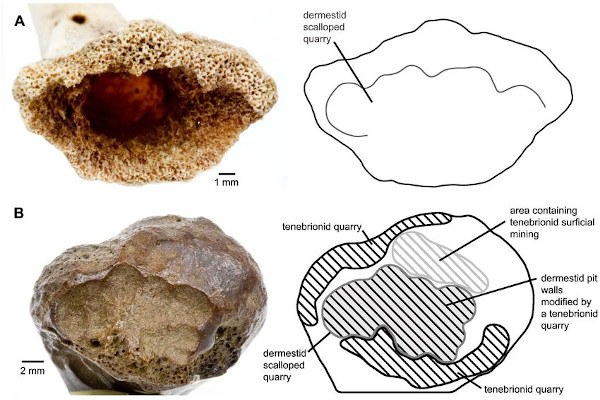
The bottom left quadrant is the precise sculpting pattern caused by plasma erosion and not dermestid beetles. This animal may have died during a Peratt Environment.
-
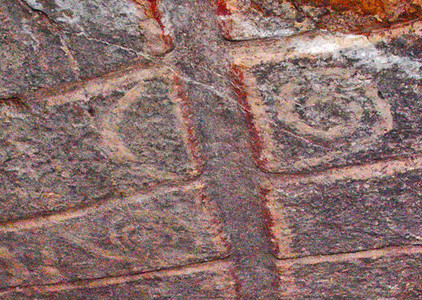
"Donna Nuragica: donnanuragica.com" The ceiling of Domus de Janas (Ddj) Mandra Antine displaying the double layer plasma structure of the ZPA with the plasma connections between the ZPA. The spiral and arch are different plasma expressions of a z-pinch.
-
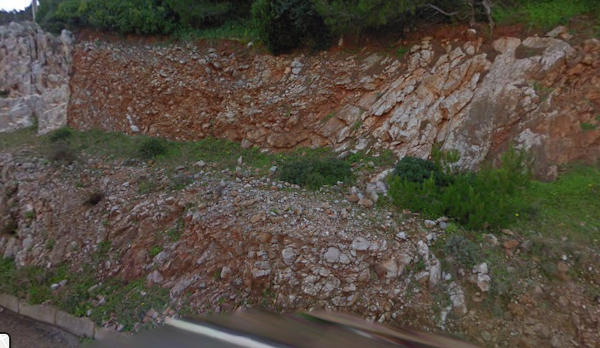
Road cut showing precision with which plasma reduces rock to soil.
-
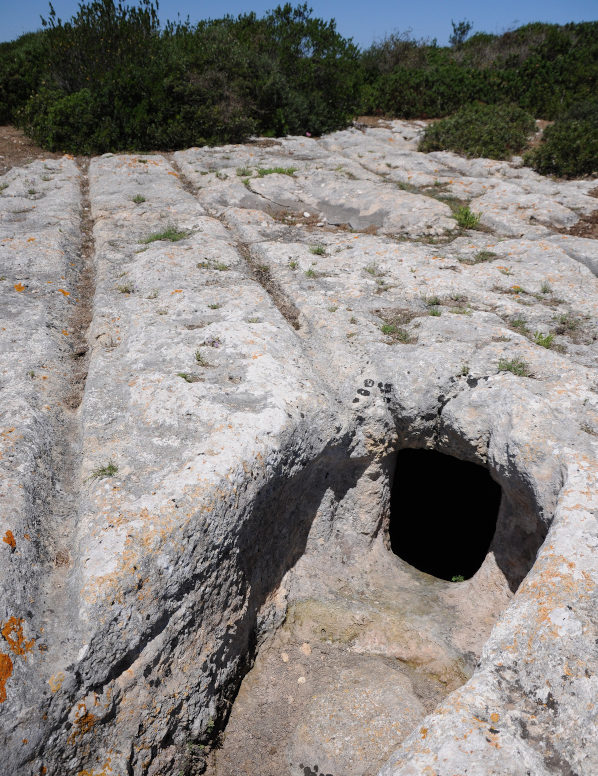
"Donna Nuragica: donnanuragica.com" 'Cart ruts' or 'wagon tracks' are a mystery, but their origin is product of electrical strikes chiselling these grooves.
-
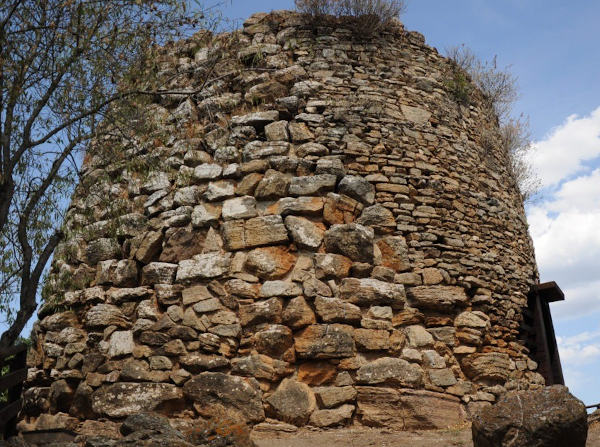
"Donna Nuragica: donnanuragica.com" N. Armungia suffered catastophic damage probably from a Sipsey Event.
-

"Nicola Castangia" So called 'wagon tracks' are products of electrical strikes.
-
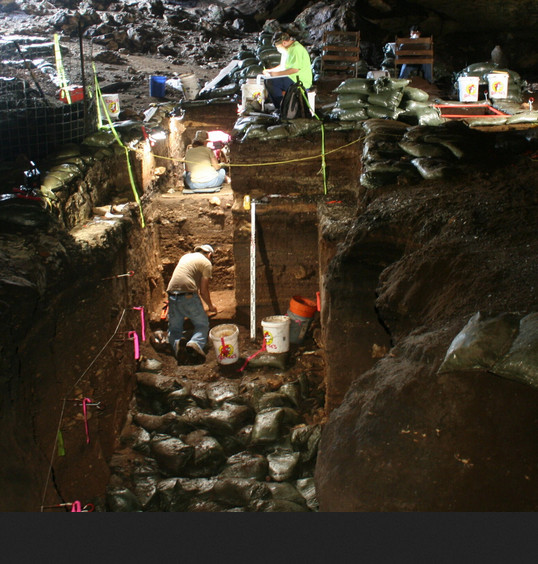
A thick layer of sediment drawn into Hall's Cave during repeated occurrences of Peratt Environments.
-
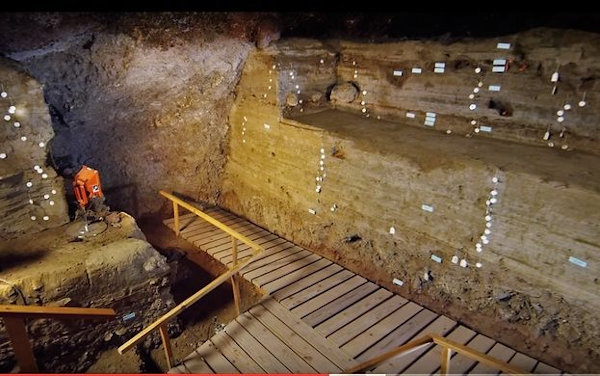
Nothing typifies the levitation effects of a Z-pinch Aurora (ZPA) than Hidden Cave. Colluvium doesn't descend but drifts toward the points of higher GAP (gravitational attraction potential). No other explanation explains how the sediment entered this cave.
-
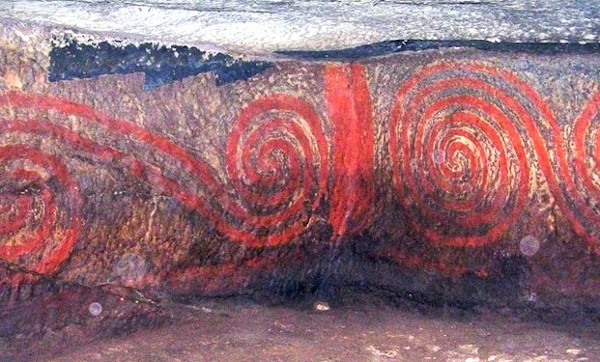
"Nicola Castangia" Another superb Nicola Castangia photo. Plasma z-pinch spirals showing the double layer structure.
-
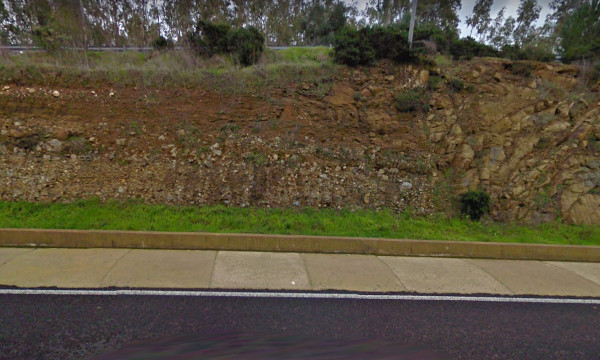
A road cut through bedrock which can be seen on the right third of the photo. The left two thirds are layers of colluvium left in the wake of later Peratt Events (PEs).
-
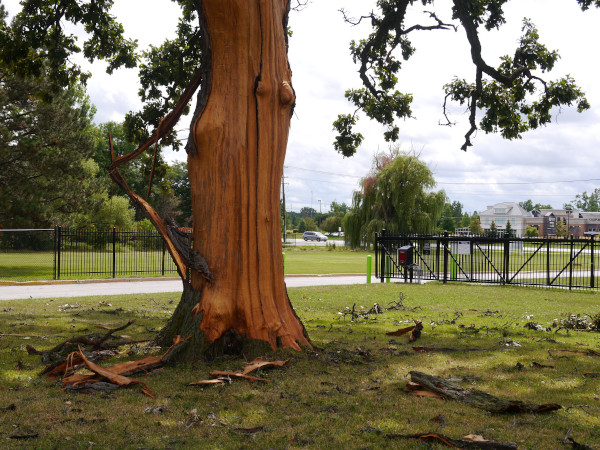
A lightning struck tree. Note that the bark has been stripped. Buried trees are commonly found across the world stripped of bark.
-

A small mound of colluvium in Sardinia.
-
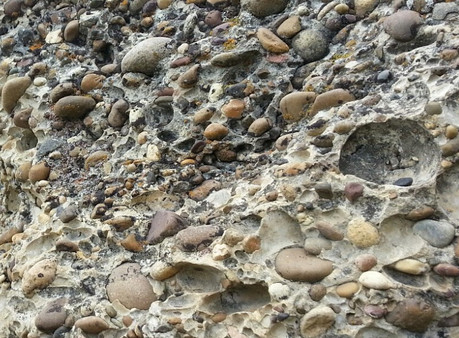
This is colluvium now called a 'conglomerate'. It was created during a Peratt Environment. The solidifing process is not acknowledged by researchers.
-
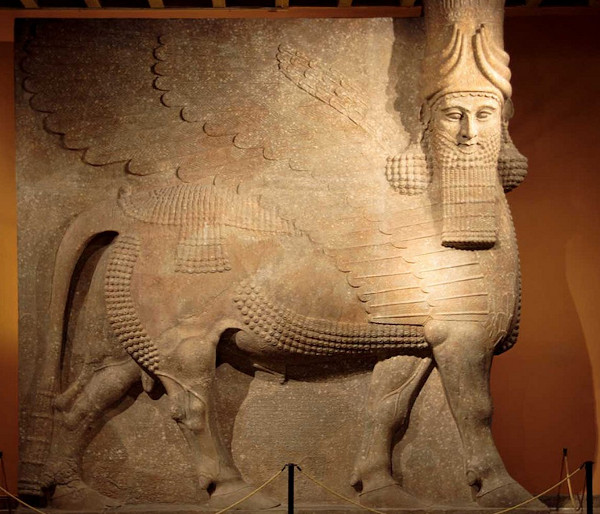
The headress of the Iamassu is similar to some of the carvings found in the DdJs.
-

The approximate location of the Bonfire animal jump. The terrain acted as a funnel. Animals were driven from east to west by Peratt and Sipsey Events. This indicates the z-pinches moved slowly enough for the animals to be herded, otherwise, they would have been destroyed in detail.
-
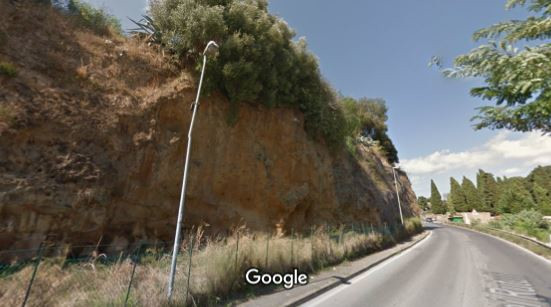
Via Rutuli in Ardea, Italy. A zp-print carved on to the landscape by a PE. I Wonder where all the rock went?
-
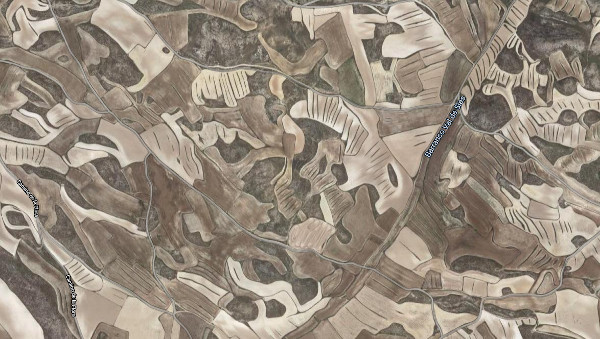
The landscape of Villamayor, Spain.
-
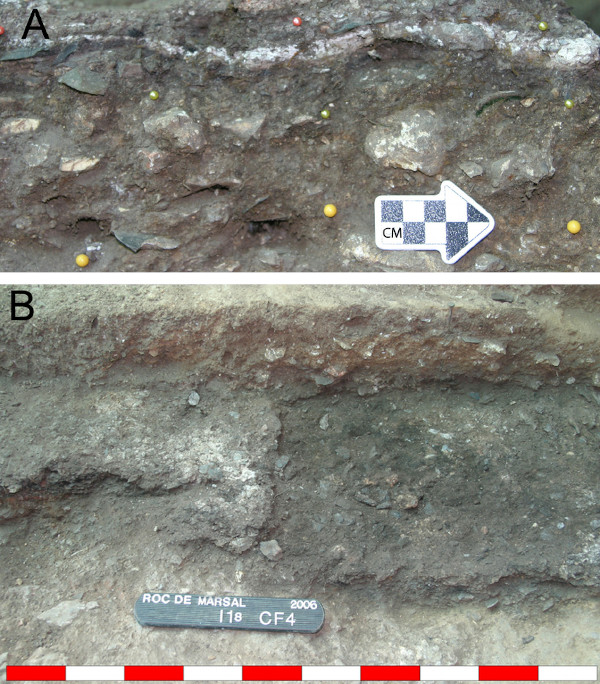
Examples of colluvium found in caves.
-
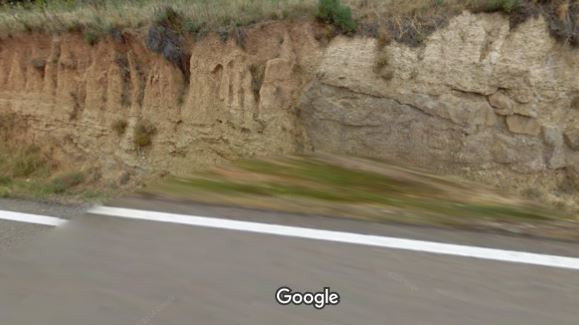
This image from Sardinia makes no sense to geologists. The rock abuptly terminates and soil begins.
-
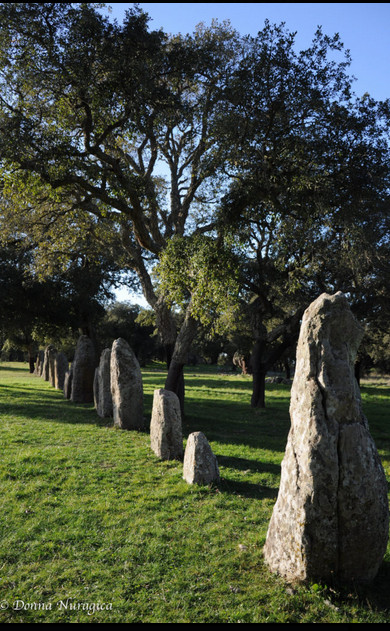
"Donna Nuragica: donnanuragica.com" The line of menhirs represents Sipsey Events striking earth from z-pinches as seen in DdJ Mandra Antine.
-
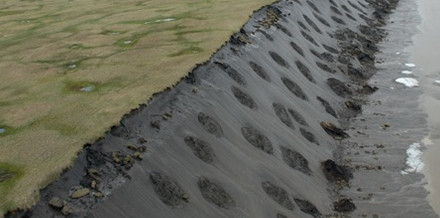
Ice wedges drilled by Sipsey Events. This occured when bolts of electricity descended from a ZPA.
-
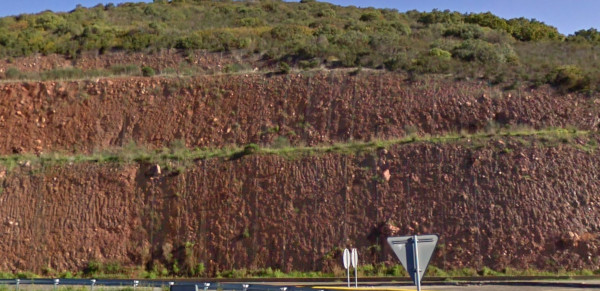
One of the few large hills of colluvium found in Sardinia. The vast amount of the missing rock on Sardinia reverted to plasma leaving only a veneer of colluvium
-
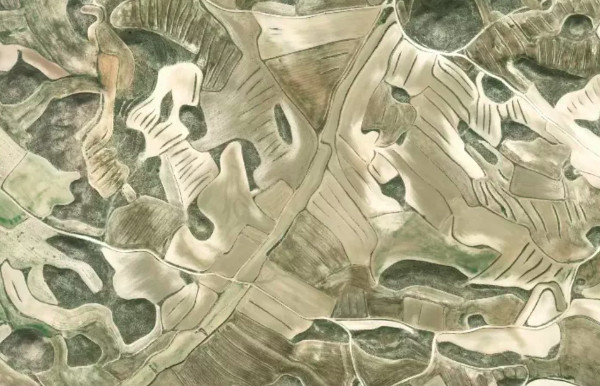
A field pattern near Villamajor, Spain. It was left by the repeated passage of Peratt Environments.
-
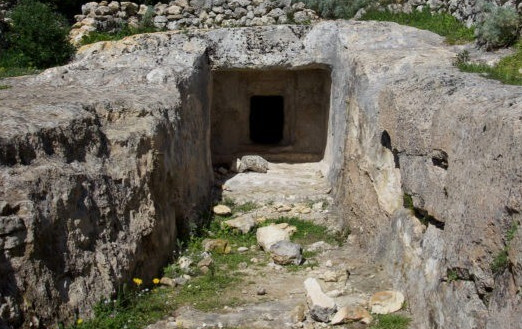
Many Domus de Janas' (DdJs) have entrance 'trenches'. They were 'gravity filters' to attract extremely fine clay particles. The gravitational attraction exerted by the ZPA and earth cancelled each other. The solid stone walls of the trench exerted enough gravity to attract the clay particles.
